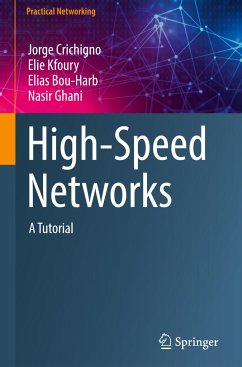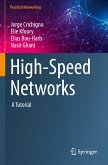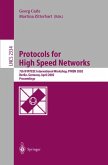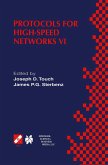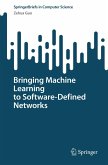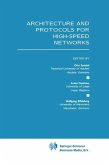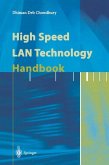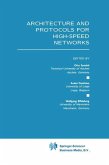This book provides practical knowledge and skills on high-speed networks, emphasizing on Science Demilitarized Zones (Science DMZs). The Science DMZ is a high-speed network designed to facilitate the transfer of big science data which is presented in this book. These networks are increasingly important, as large data sets are now often transferred across sites. This book starts by describing the limitations of general-purpose networks which are designed for transferring basic data but face numerous challenges when transferring terabyte- and petabyte-scale data.
This book follows a bottom-up approach by presenting an overview of Science DMZs and how they overcome the limitations of general-purpose networks. It also covers topics that have considerable impact on the performance of large data transfers at all layers: link layer (layer-2) and network layer (layer-3) topics such as maximum transmission unit (MTU), switch architectures, and router's buffer size; transport layer (layer-4) topics including TCP features, congestion control algorithms for high-throughput high-latency networks, flow control, and pacing; applications (layer-5) used for large data transfers and for maintenance and operation of Science DMZs; and security considerations. Most chapters incorporate virtual laboratory experiments, which are conducted using network appliances running real protocol stacks.
Students in computer science, information technology and similar programs, who are interested in learning fundamental concepts related to high-speed networks and corresponding implementations will find this book useful as a textbook. This book assumes minimal familiarity with networking, typically covered in an introductory networking course. It is appropriate for an upper-level undergraduate course and for a first-year graduate course. Industry professionals working in this field will also want to purchase this book.
This book follows a bottom-up approach by presenting an overview of Science DMZs and how they overcome the limitations of general-purpose networks. It also covers topics that have considerable impact on the performance of large data transfers at all layers: link layer (layer-2) and network layer (layer-3) topics such as maximum transmission unit (MTU), switch architectures, and router's buffer size; transport layer (layer-4) topics including TCP features, congestion control algorithms for high-throughput high-latency networks, flow control, and pacing; applications (layer-5) used for large data transfers and for maintenance and operation of Science DMZs; and security considerations. Most chapters incorporate virtual laboratory experiments, which are conducted using network appliances running real protocol stacks.
Students in computer science, information technology and similar programs, who are interested in learning fundamental concepts related to high-speed networks and corresponding implementations will find this book useful as a textbook. This book assumes minimal familiarity with networking, typically covered in an introductory networking course. It is appropriate for an upper-level undergraduate course and for a first-year graduate course. Industry professionals working in this field will also want to purchase this book.

